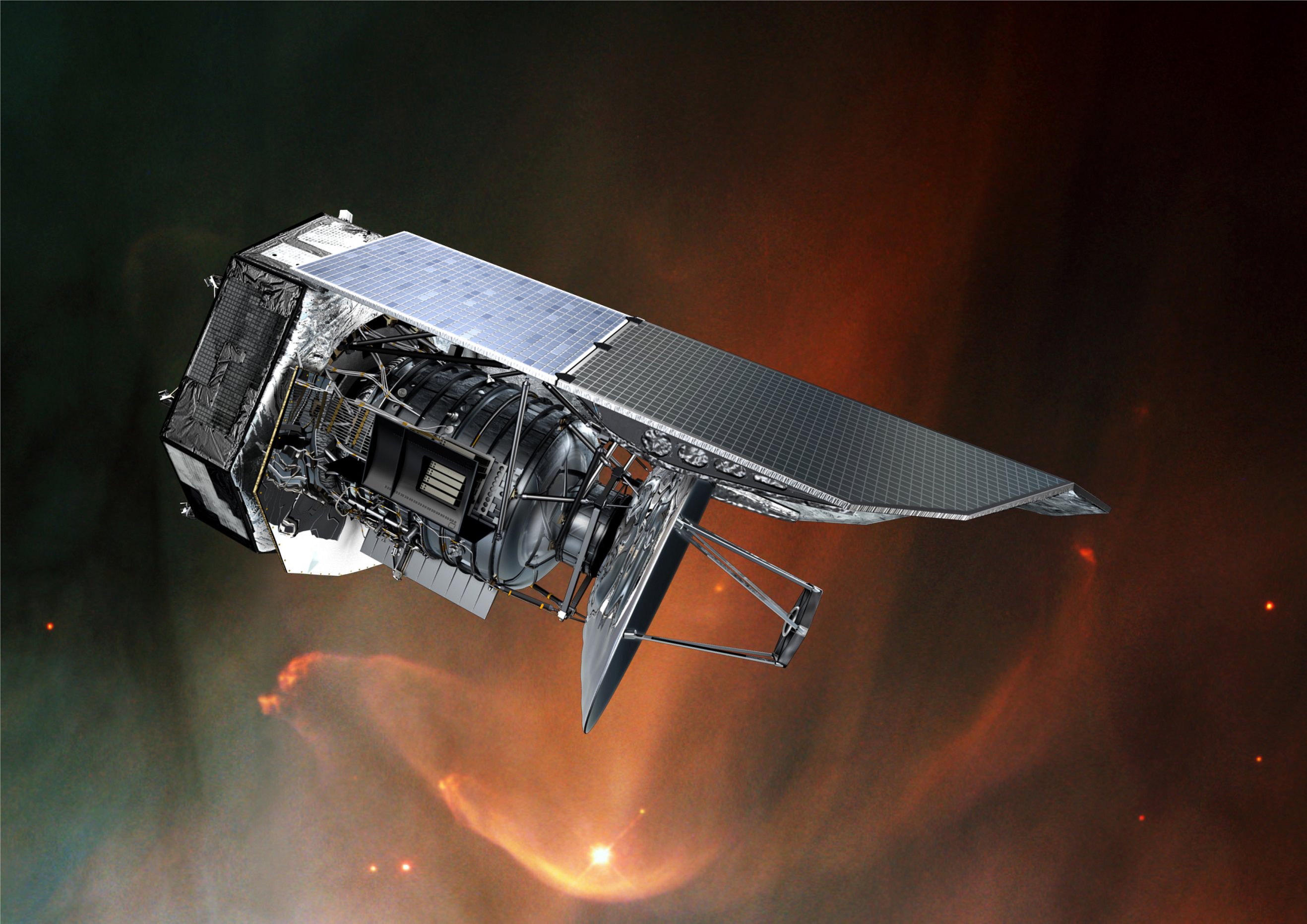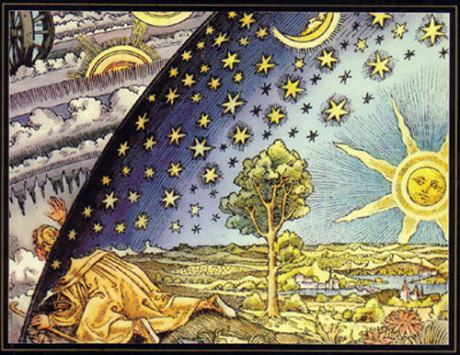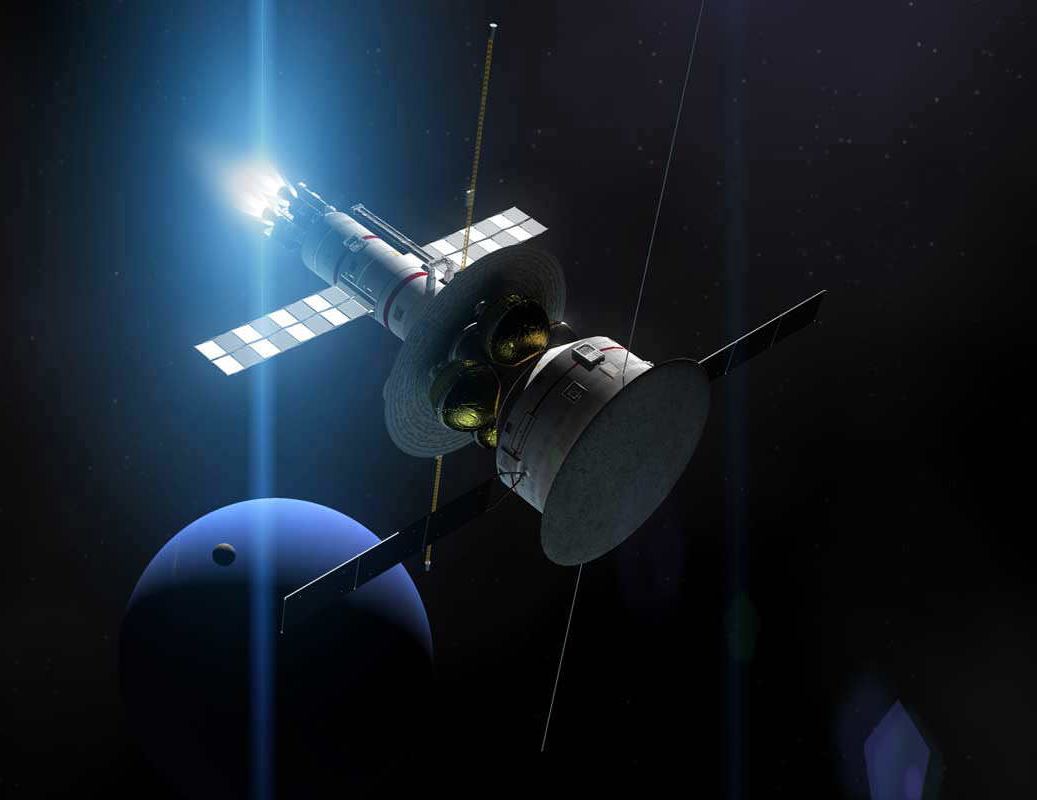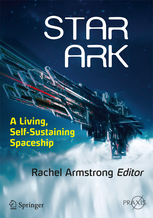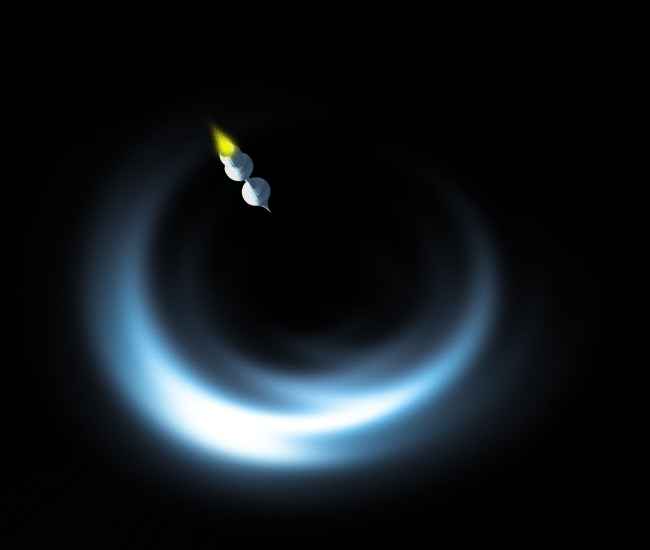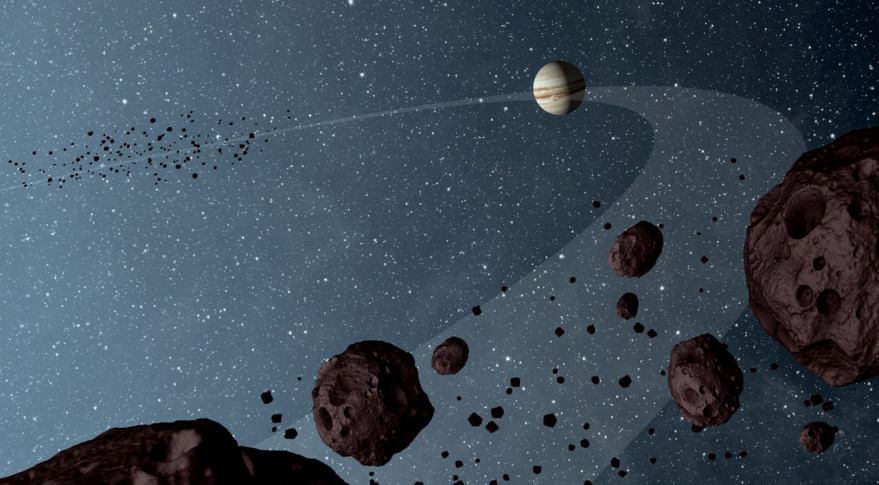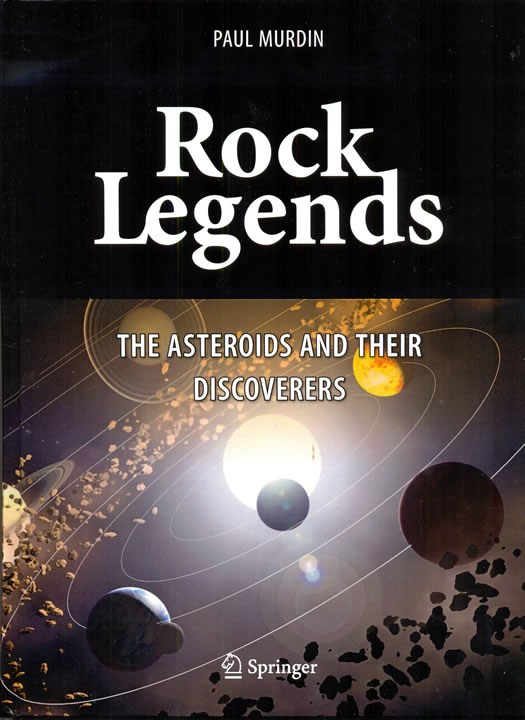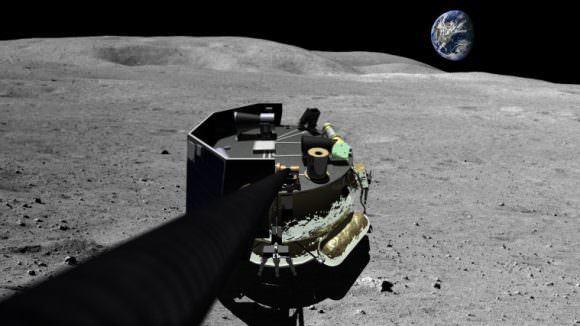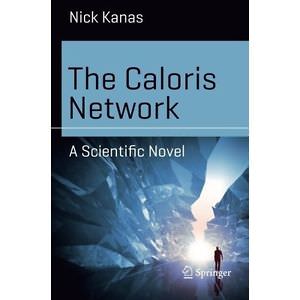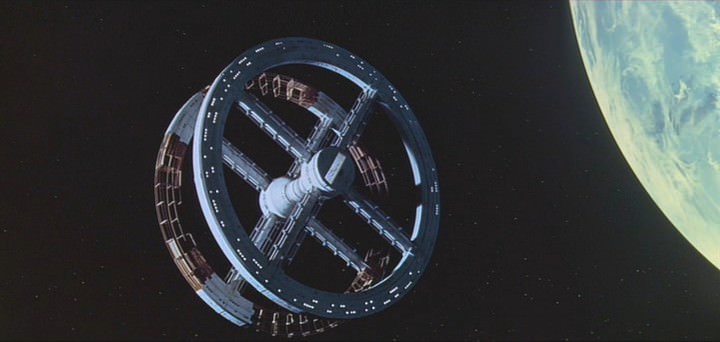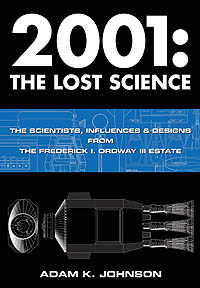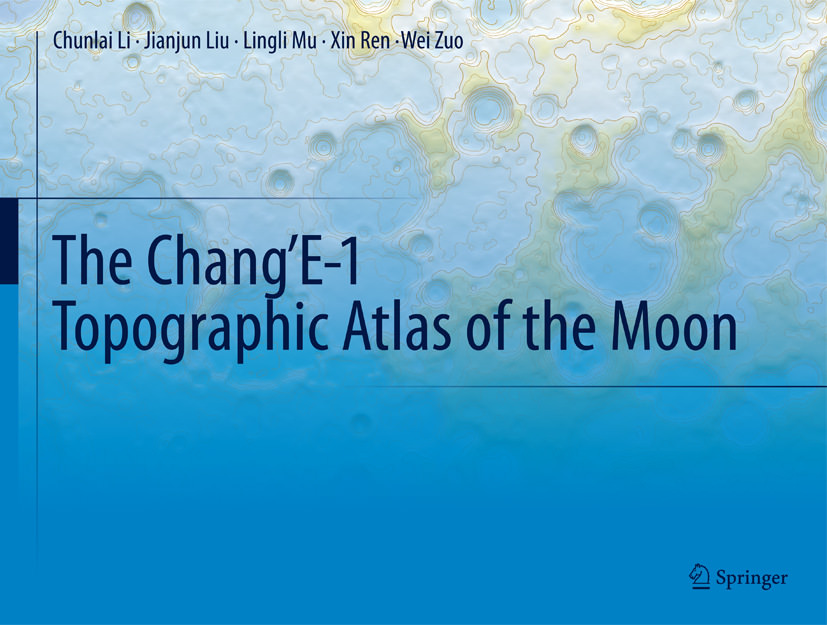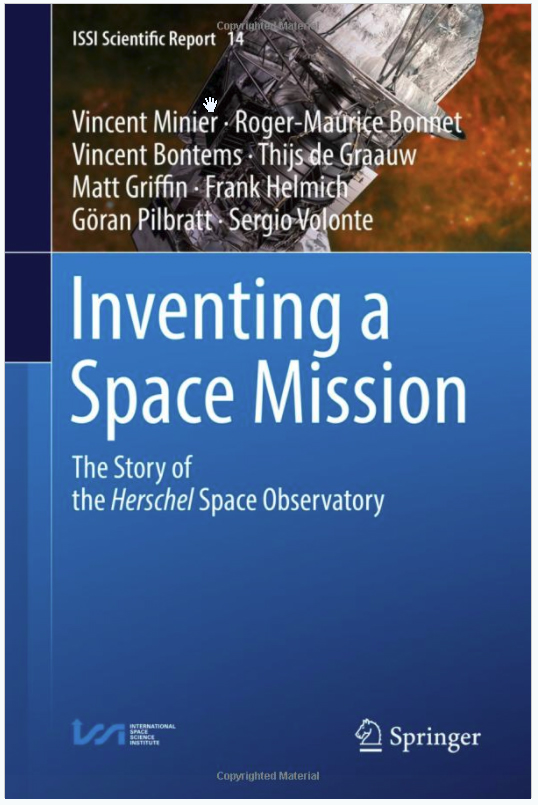
Succeeding with any big space project requires the alignment of so many factors. There is need for an objective that has support across a broad swath of decision makers. There is need for perseverance as the project may need many decades to come to fruition. And there is need for stable funding to maintain impetus. This book illustrates how all these and many other factors made the Herschel Space Observatory successful. First, it acknowledges the skill of decision makers in choosing a science objective that was hugely challenging yet reasonably achievable. The book has a simple figure showing this; it’s the Technical Readiness Level (TRL) for the observatories subsystems over the years of development. In it one sees that all were at TRL Level 1 to begin in 1982. And the book then describes some of the progressive, subsequent steps to bringing these to the necessary TRL 8. The book also ably demonstrates perseverance as industry and government scientists were pushed continually to modify deliverables to meet budgets and requirements. And perhaps understated in the book is the underlying acknowledgement that none of this would have come to pass without stable, continual funding from the European Space Agency; funding be so vital for all science projects.
Perhaps most interesting about this book is that the authors do not deal much with the results of the observatory. At most the book recites numbers of dissertations and research papers that derived from the observatory’s data. Rather, this book pushes two main considerations: one, that ‘coopetition’ and ‘fair sociality’ were necessary community ideals and two, that TRL levels should not restrict science. Regarding the first, the book champions the differing attitudes within the Herschel community yet their necessity to cooperate in order to progress. The community needed to amicably pick and choose competing options, so as to allow some efforts to succeed and let other efforts disappear. Regarding the second, the book demonstrates that allowing for growth in the capabilities of industry and knowledge of science can actually be a solid instigator for change. Both of these were considered so valuable that the book continually championed them for future science projects.
So what does this book tell you about the Herschel Space Observatory itself? Simply put, it was a calculated, solid advance in viewing capability. By choice, it measured the very low wavelengths from 55 to 672 micrometres. It was huge with a 3.5metre antenna and, amazingly, over 2300litres of liquid Helium. Its measuring devices were kept at temperatures about 0.3Kelvin. And it spent a little over 4 years at the L2 location taking observations. It was conceived in 1982 and ended its capability in 2013. Over 23 institutes and 11 countries contributed, together with hundreds of people. Through its requirements, many technologies were advanced and it prepared the road to further advancements. As a science project, this book speaks proudly of the Herschel Space Observatory’s success.
Keep in mind though that this book is a report with many authors. As such, it is very formal and perhaps slightly political. The writing is dry. The subject material is wholly big science. Most figures are graphs and plots, likely from slide shows. Sometimes the detail seems too fine, as with that for the cold SQUID multiplexer. And sometimes the focus seems too diverse, as with the co-citation map. Nevertheless, it’s obvious that the authors were passionate about their subject and this comes across solidly throughout the book.
Advances to science and knowledge can come from anywhere at any time. But today most advances require a huge amount of preparation and effort. Space missions are prime examples of this and the book “Inventing a Space Mission – the Story of the Herschel Space Observatory” by Minier, Bonnet, Bontems, de Graauw, Griffin, Helmich, Pilbratt and Volonte presents a very solid view of the mission as a well-managed, research project. And it describes a very reasonable and perhaps optimal way for continuing the use of particular projects to advance big science.

